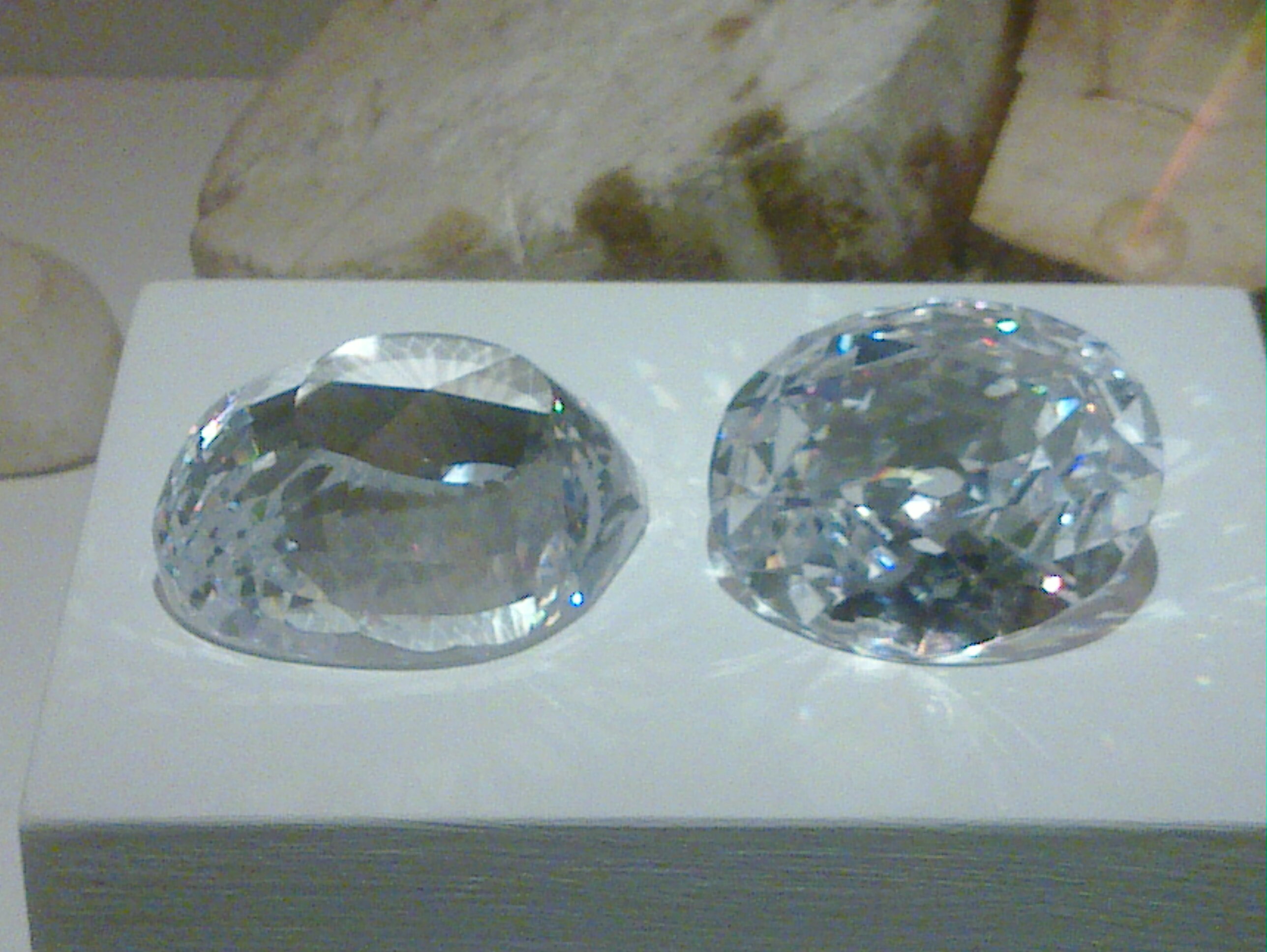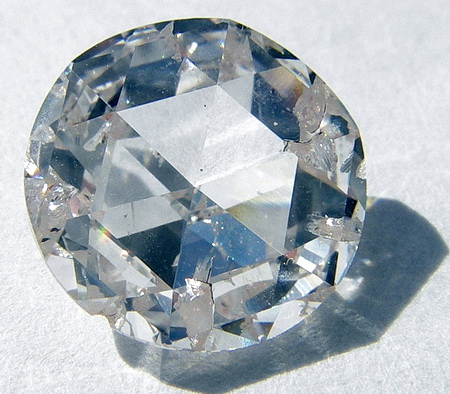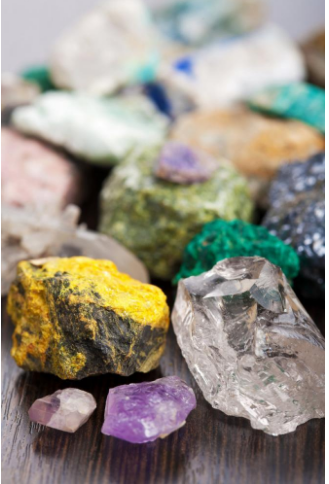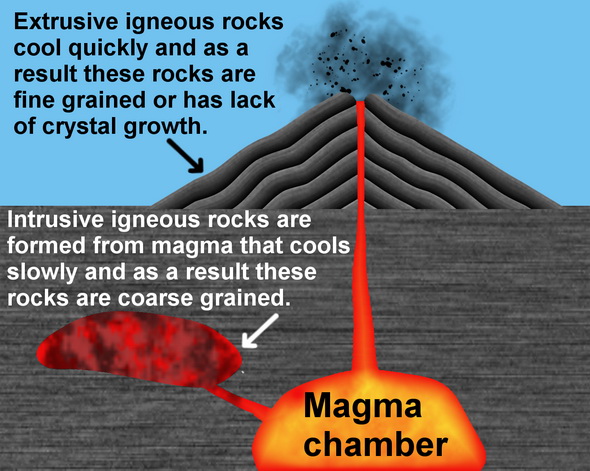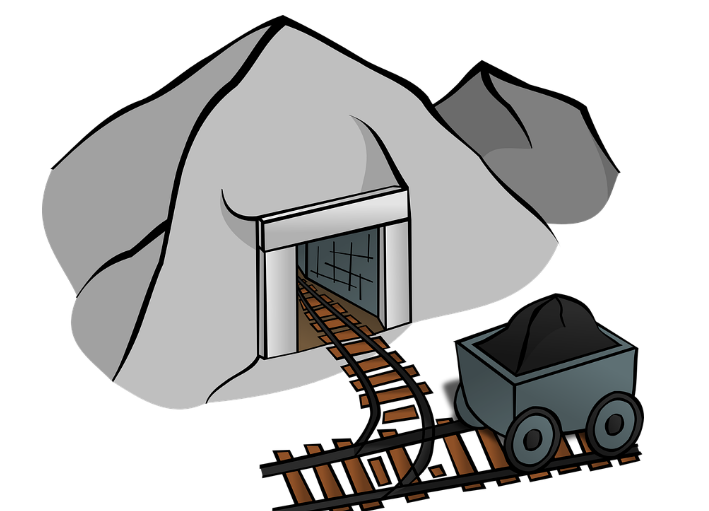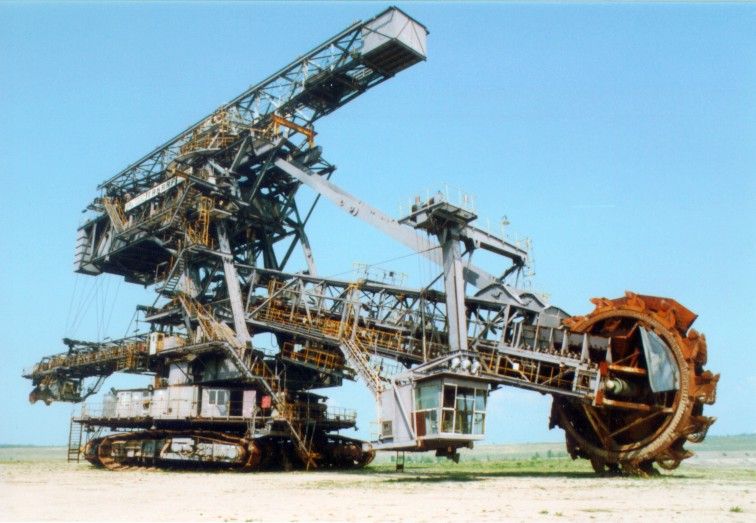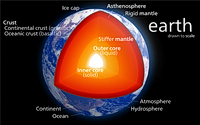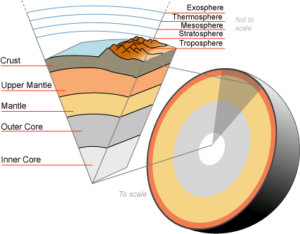
Wikipedia_Public Domain
Brass and bronze are probably two of the most common metal alloys. They are used in various everyday objects and have excellent usability properties. Brass is made with a combination of zinc and copper, while to make bronze, copper is mostly used with tin, but at times some other alternative metals are also used.
What Does Bronze Have to Offer?
Firstly, brass is highly malleable as compared to zinc or copper. It has a low melting point and when melted, it takes a flowy state. It comprises many other minerals, including iron, aluminum, silicon, and manganese.
On the downside, it can crack under stress when exposed to ammonia. It is also not as hard as steel. Bronze is hard but has a brittle nature as well. Depending on how much tin is mixed with copper, bronze has a normal 950-degree centigrade melting point. Bronze is mainly used due to its heat and electricity-conducting properties. It has the capacity to resist corrosion, seawater corrosion in particular, which makes it even more useful.
Uses of Brass and Bronze
Both the alloys have a number of uses. From manufacturing better-quality copper wires to creating metal structures, many things can be done with these two artificial minerals.
A Variety of Musical Instruments
Brass is highly preferred for making musical instruments. Tuba, trumpet, tenor horn, French horn, and a number of other instruments are usually made with brass. Saxophone and harmonica also make it to the list quite often.
The properties of bronze make it a much better option for bells and strings used in piano and guitar.
Preserving the Cultural Heritage in Brass and Bronze
Since the color of these alloys is a lot like gold and they boast of regality as well, people have been making sculptures and statues from brass and bronze for the longest time. Its resistance to tarnishing and corrosion is also an added advantage. When used for sculptures in molds, bronze gives the perfect look with sharp minute detailing. This is due to the nature of the allow to expand just before it set.
Mechanical Usage
Since it does not cause much friction, brass is often used in automobiles and mechanical gear, especially for this purpose. For electrical and plumbing options, brass makes a good choice for sure. Similarly, even bronze is a good alternative for automobile and mechanical production. Since bronze can potentially resist water corrosion, it is also often used for ship and boat manufacturing.
Brass and bronze are very useful alternatives to pure metals that often have certain limitations. The permeable nature of these two compounds makes them ideal to be used in a great variety of things.

